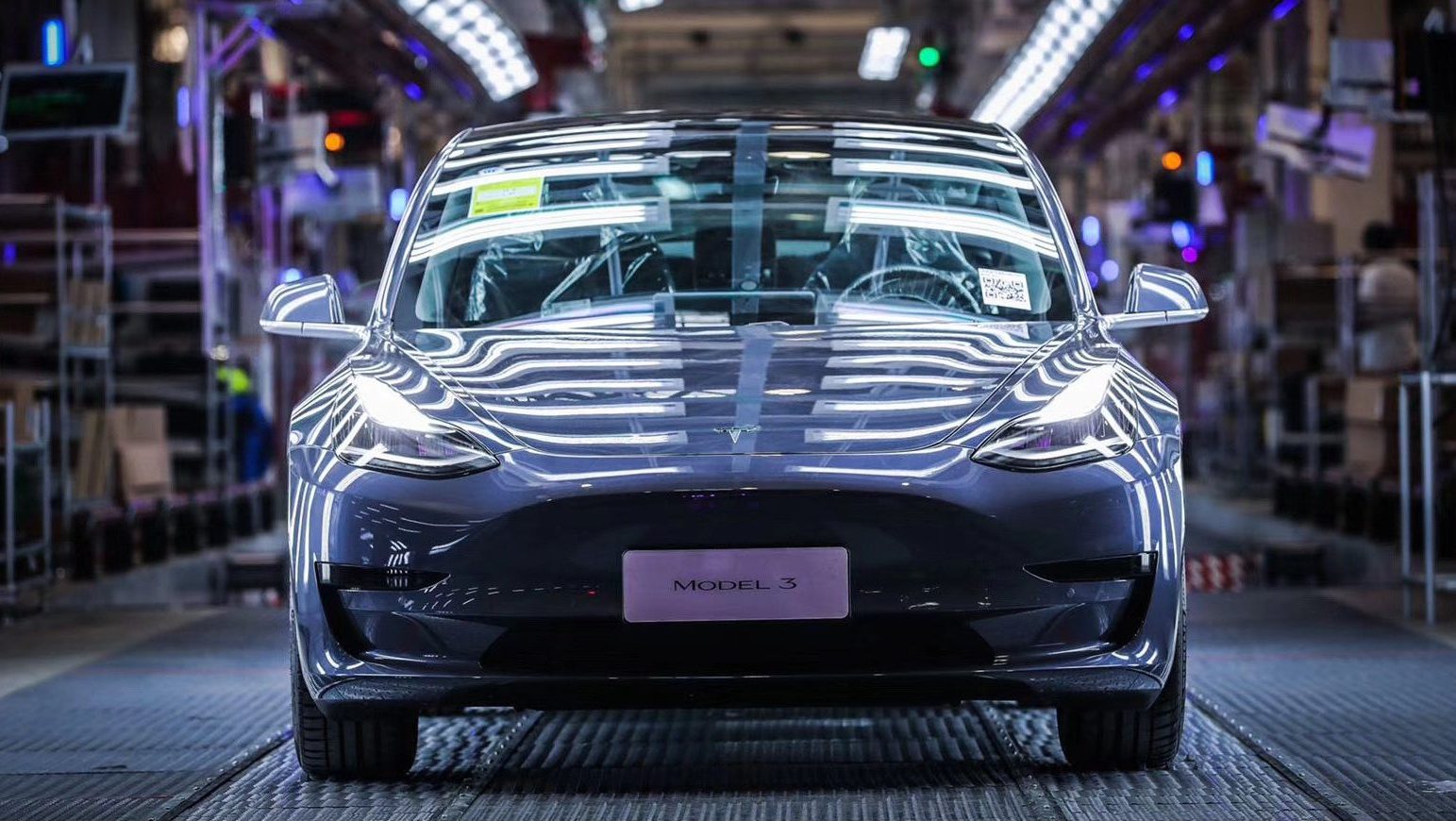
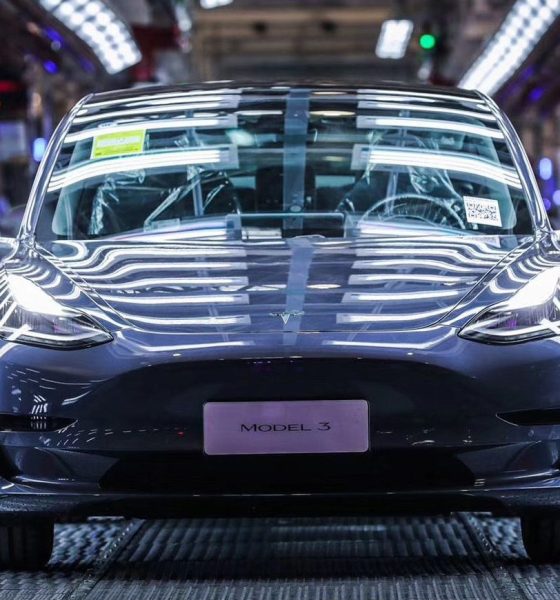
News
Tesla China to resume Giga Shanghai production on Feb. 10 as government steps in to aid
Tesla is set to resume production of its Giga Shanghai factory in China on February 10, following a multi-week-long shutdown in response to the coronavirus outbreak.
On Saturday, the Shanghai government said it would coordinate with the companies affected by the virus shutdown to bring production to usual levels as it tries to control the spread of the deadly virus that has already killed 700 in the country, Reuters reported.
“In view of the practical difficulties key manufacturing firms including Tesla have faced in resuming production, we will coordinate to make all efforts to help companies resume production as soon as possible,” said Xu Wei, a spokesperson for the municipal government of Shanghai.
The municipal government would also ask banks to extend loans and to give affected local small businesses and foreign companies preferential rates, and exempt those hit hard from value-added tax.
During its recent Q4 2019 earnings call, Tesla expressed worries that the production of the Model 3 in China will be delayed by 1 to 1.5 weeks as supply chains and communications were disrupted amid the coronavirus outbreak that started in Wuhan City, which is roughly 9 hours by land from Shanghai. The Chinese government has ordered Tesla’s Giga Shanghai shutdown until Feb. 9, way beyond the holiday period in the country that was supposed to end Jan. 30, over coronavirus fears. This prompted the electric carmaker to postpone MIC Model 3 deliveries scheduled for February or until the situation improves in the country. Other automotive manufacturers such as Hyundai, Toyota, Ford, Volkswagen, Daimler, among others were also affected by the order.
According to Tesla China’s VP for External Affairs Grace Tao Lin, delivery could be pushed back perhaps as far back as Q3 of 2020. Tesla’s finance chief Zach Kirkhorn explained that the Silicon Valley-based electric carmaker does not expect a big hit on its finances because the MIC Model 3 only represents a small fraction of Tesla’s quarterly profits.
During the temporary shutdown of Giga Shanghai, Tesla used China’s version of Tiktok to deliver customer support and push useful content to educate interested consumers about Tesla vehicles.
Tesla also offered customers free Supercharging amid the coronavirus public health scare to make it easier for drivers who want to travel away from affected areas.
The $2 billion Giga Shanghai car factory started producing the Model 3 electric sedans 10 months after its groundbreaking in January 2019. It has a current run rate of 3,000 units per week and has an expected production of 150,000 units per year. Aside from the mass production of the Model 3 sedan, Tesla has also launched the Model Y crossover program earlier in January.
Tesla’s battery supplier LG Chem also announced on Friday that it plans to partly resume output on Feb. 10 but its plan is subject to change.

News
Tesla Europe rolls out FSD ride-alongs in the Netherlands’ holiday campaign
The festive event series comes amid Tesla’s ongoing push for regulatory approval of FSD across Europe.
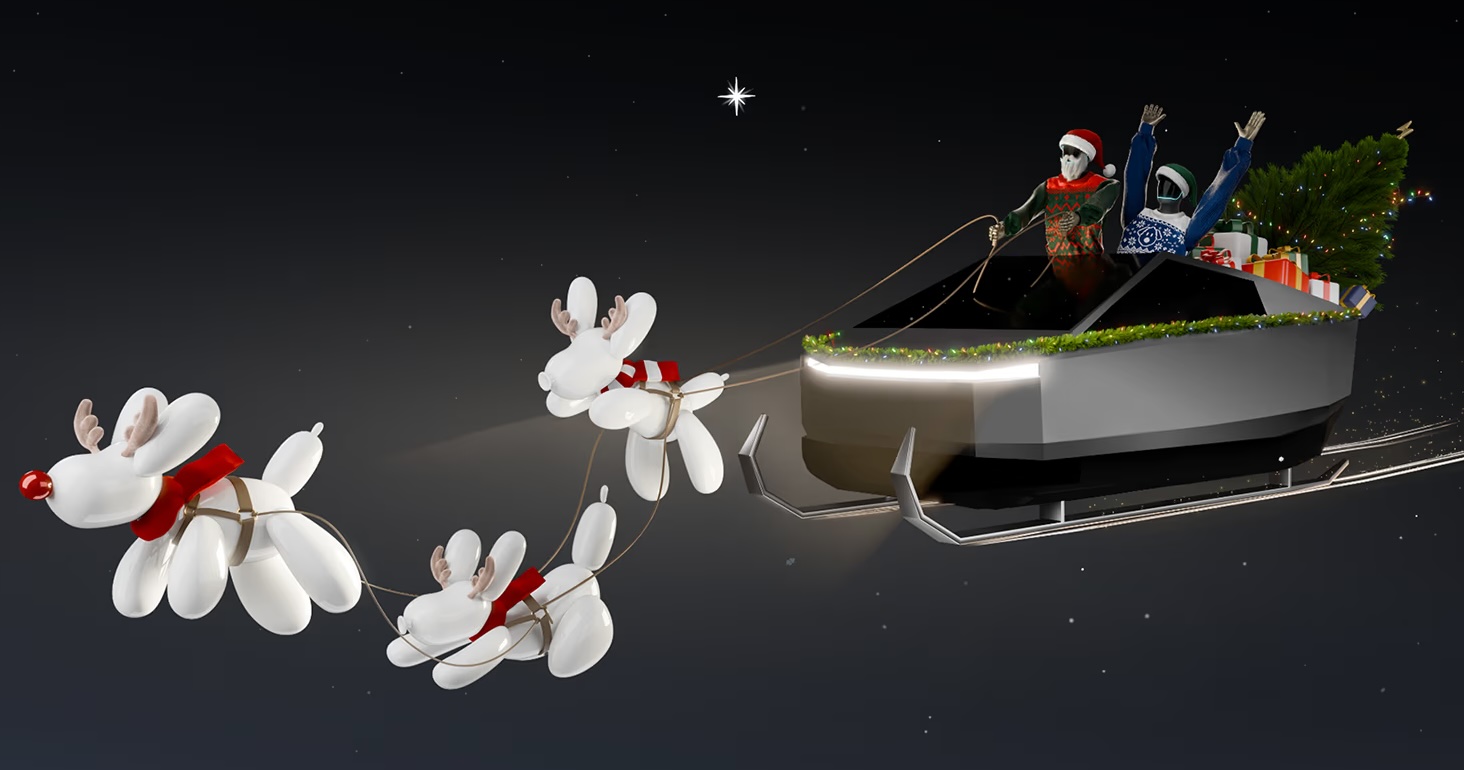
Tesla Europe has announced that its “Future Holidays” campaign will feature Full Self-Driving (Supervised) ride-along experiences in the Netherlands.
The festive event series comes amid Tesla’s ongoing push for regulatory approval of FSD across Europe.
The Holiday program was announced by Tesla Europe & Middle East in a post on X. “Come get in the spirit with us. Featuring Caraoke, FSD Supervised ride-along experiences, holiday light shows with our S3XY lineup & more,” the company wrote in its post on X.
Per the program’s official website, fun activities will include Caraoke sessions and light shows with the S3XY vehicle lineup. It appears that Optimus will also be making an appearance at the events. Tesla even noted that the humanoid robot will be in “full party spirit,” so things might indeed be quite fun.
“This season, we’re introducing you to the fun of the future. Register for our holiday events to meet our robots, see if you can spot the Bot to win prizes, and check out our selection of exclusive merchandise and limited-edition gifts. Discover Tesla activities near you and discover what makes the future so festive,” Tesla wrote on its official website.
This announcement aligns with Tesla’s accelerating FSD efforts in Europe, where supervised ride-alongs could help demonstrate the tech to regulators and customers. The Netherlands, with its urban traffic and progressive EV policies, could serve as an ideal and valuable testing ground for FSD.
Tesla is currently hard at work pushing for the rollout of FSD to several European countries. Tesla has received approval to operate 19 FSD test vehicles on Spain’s roads, though this number could increase as the program develops. As per the Dirección General de Tráfico (DGT), Tesla would be able to operate its FSD fleet on any national route across Spain. Recent job openings also hint at Tesla starting FSD tests in Austria. Apart from this, the company is also holding FSD demonstrations in Germany, France, and Italy.
News
Tesla sees sharp November rebound in China as Model Y demand surges
New data from the China Passenger Car Association (CPCA) shows a 9.95% year-on-year increase and a 40.98% jump month-over-month.
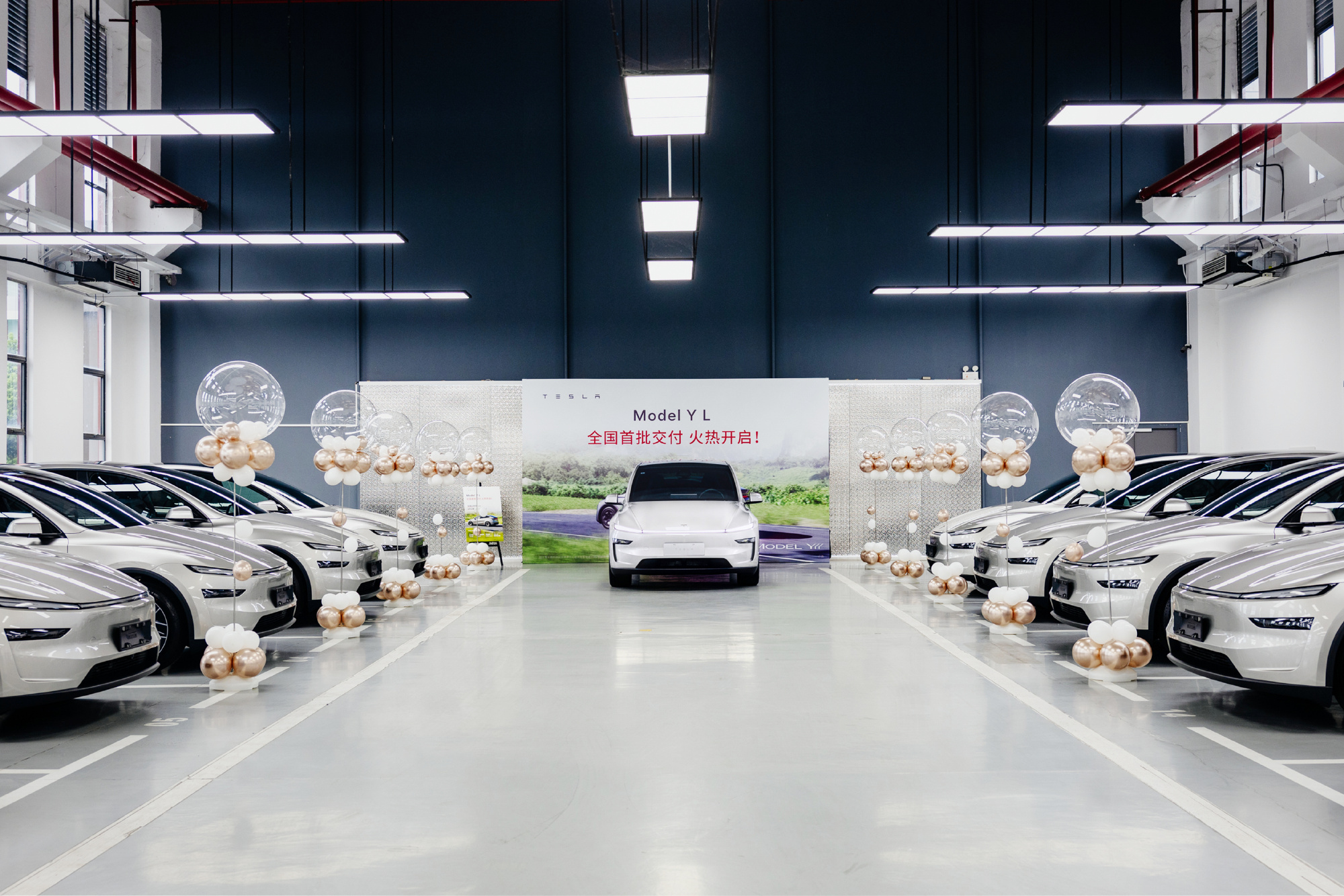
Tesla’s sales momentum in China strengthened in November, with wholesale volumes rising to 86,700 units, reversing a slowdown seen in October.
New data from the China Passenger Car Association (CPCA) shows a 9.95% year-on-year increase and a 40.98% jump month-over-month. This was partly driven by tightened delivery windows, targeted marketing, and buyers moving to secure vehicles before changes to national purchase tax incentives take effect.
Tesla’s November rebound coincided with a noticeable spike in Model Y interest across China. Delivery wait times extended multiple times over the month, jumping from an initial 2–5 weeks to estimated handovers in January and February 2026 for most five-seat variants. Only the six-seat Model Y L kept its 4–8 week estimated delivery timeframe.
The company amplified these delivery updates across its Chinese social media channels, urging buyers to lock in orders early to secure 2025 delivery slots and preserve eligibility for current purchase tax incentives, as noted in a CNEV Post report. Tesla also highlighted that new inventory-built Model Y units were available for customers seeking guaranteed handovers before December 31.
This combination of urgency marketing and genuine supply-demand pressure seemed to have helped boost November’s volumes, stabilizing what had been a year marked by several months of year-over-year declines.
For the January–November period, Tesla China recorded 754,561 wholesale units, an 8.30% decline compared to the same period last year. The company’s Shanghai Gigafactory continues to operate as both a domestic production base and a major global export hub, building the Model 3 and Model Y for markets across Asia, Europe, and the Middle East, among other territories.
Investor's Corner
Tesla bear gets blunt with beliefs over company valuation
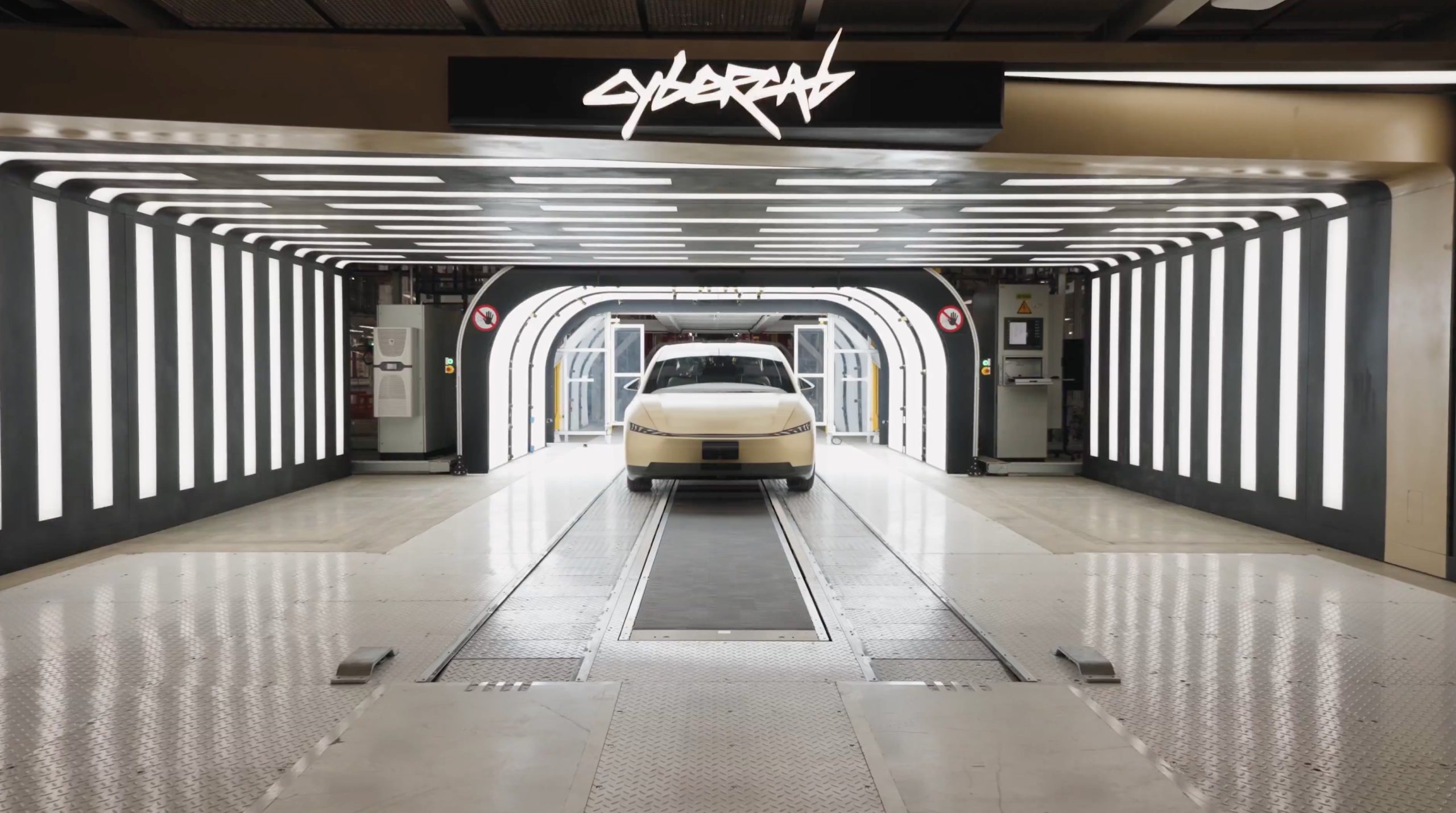
Tesla bear Michael Burry got blunt with his beliefs over the company’s valuation, which he called “ridiculously overvalued” in a newsletter to subscribers this past weekend.
“Tesla’s market capitalization is ridiculously overvalued today and has been for a good long time,” Burry, who was the inspiration for the movie The Big Short, and was portrayed by Christian Bale.
Burry went on to say, “As an aside, the Elon cult was all-in on electric cars until competition showed up, then all-in on autonomous driving until competition showed up, and now is all-in on robots — until competition shows up.”
Tesla bear Michael Burry ditches bet against $TSLA, says ‘media inflated’ the situation
For a long time, Burry has been skeptical of Tesla, its stock, and its CEO, Elon Musk, even placing a $530 million bet against shares several years ago. Eventually, Burry’s short position extended to other supporters of the company, including ARK Invest.
Tesla has long drawn skepticism from investors and more traditional analysts, who believe its valuation is overblown. However, the company is not traded as a traditional stock, something that other Wall Street firms have recognized.
While many believe the company has some serious pull as an automaker, an identity that helped it reach the valuation it has, Tesla has more than transformed into a robotics, AI, and self-driving play, pulling itself into the realm of some of the most recognizable stocks in tech.
Burry’s Scion Asset Management has put its money where its mouth is against Tesla stock on several occasions, but the firm has not yielded positive results, as shares have increased in value since 2020 by over 115 percent. The firm closed in May.
In 2020, it launched its short position, but by October 2021, it had ditched that position.
Tesla has had a tumultuous year on Wall Street, dipping significantly to around the $220 mark at one point. However, it rebounded significantly in September, climbing back up to the $400 region, as it currently trades at around $430.
It closed at $430.14 on Monday.









